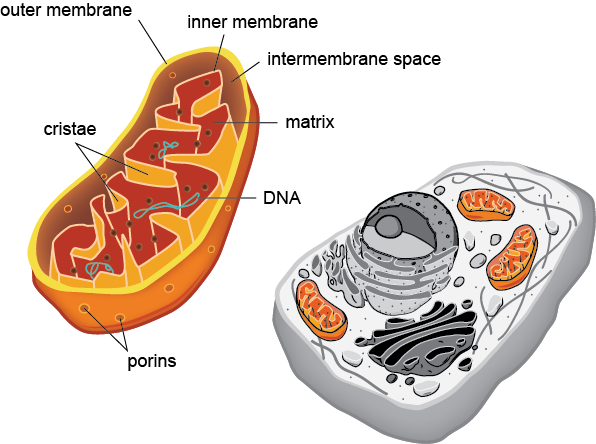The Cytoskeleton—A Cell's Scaffold
The cytoskeleton is an important, complex, and dynamic cell component. It acts to organize and maintain the cell's shape; anchors organelles in place; helps during endocytosis, the uptake of external materials by a cell; and moves parts of the cell in processes of growth and motility. There are a great number of proteins associated with the cytoskeleton, each controlling a cell’s structure by directing, bundling, and aligning filaments.
The Cytoplasm—A Cell's Inner Space
Inside the cell there is a large fluid-filled space called the cytoplasm, sometimes called the cytosol. In prokaryotes, this space is relatively free of compartments. In eukaryotes, the cytosol is the "soup" within which all of the cell's organelles reside. It is also the home of the cytoskeleton. The cytosol contains dissolved nutrients, helps break down waste products, and moves material around the cell through a process called cytoplasmic streaming. The nucleus often flows with the cytoplasm changing its shape as it moves. The cytoplasm also contains many salts and is an excellent conductor of electricity, creating the perfect environment for the mechanics of the cell. The function of the cytoplasm, and the organelles which reside in it, are critical for a cell's survival.
Genetic Material
| Two different kinds of genetic material exist: deoxyribonucleic acid (DNA) and ribonucleic acid (RNA). Most organisms are made of DNA, but a few viruses have RNA as their genetic material. The biological information contained in an organism is encoded in its DNA or RNA sequence. | ||
|














0 comments:
Post a Comment